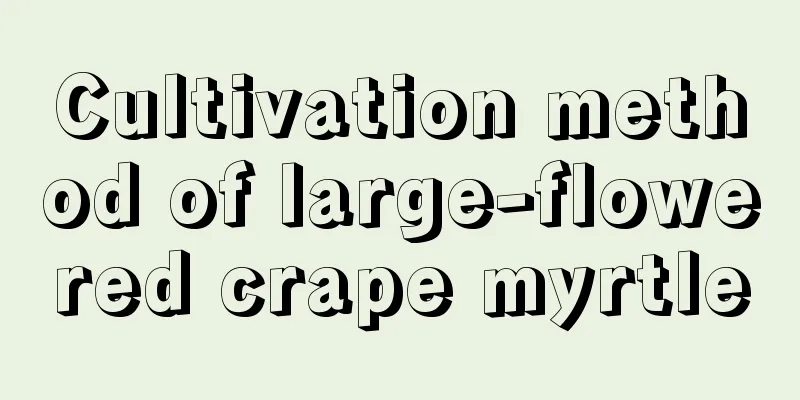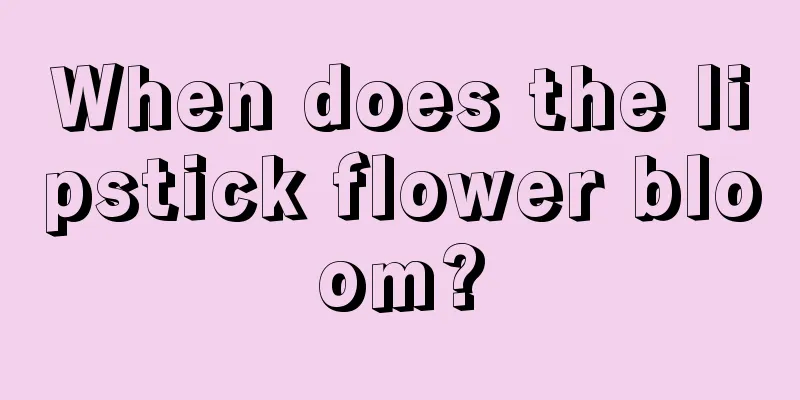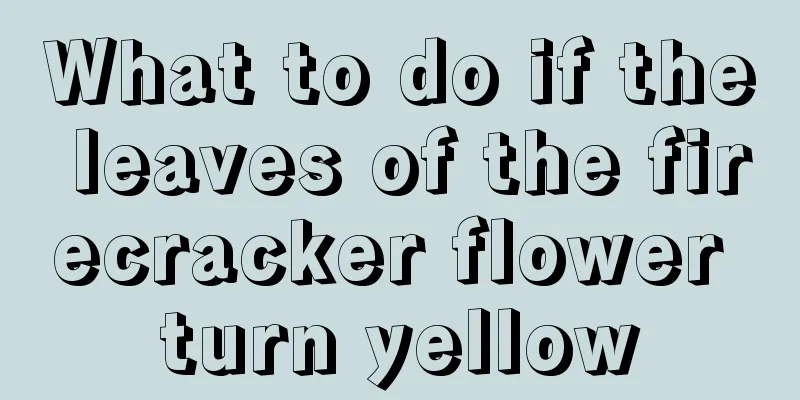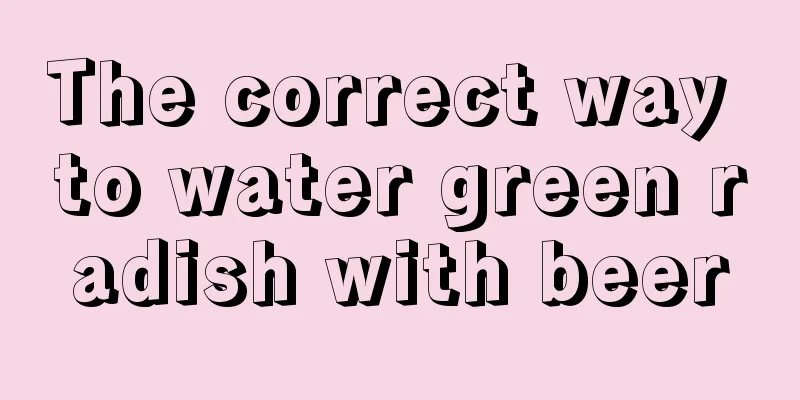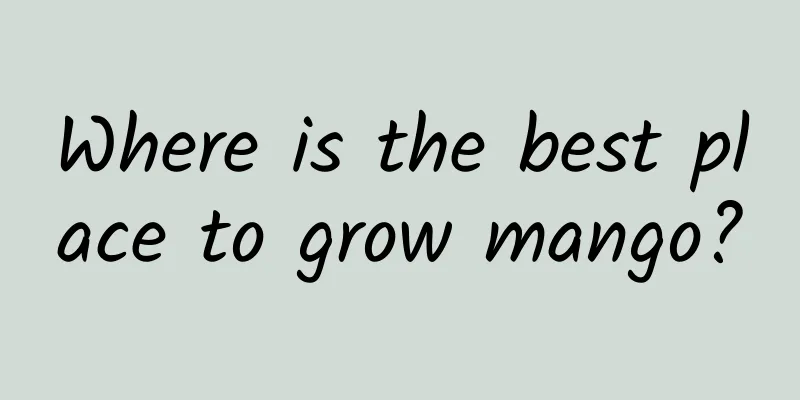When is the best season to plant yam?
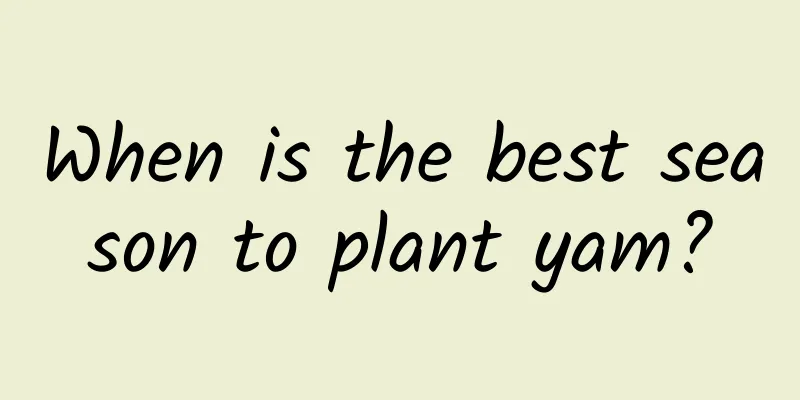
Yam planting season and timeYam cultivation is seasonal, suitable for spring cultivation, its growth period is long, cultivated in mid-to-late March every year. Harvested in October, flowering period is from June to August, fruiting period is from August to October. The seed coat is not easy to germinate, the reproduction ability is weak, and the production cycle is 1-2 years. There are seven common types of yam, namely common yam, fine hair yam, iron stick yam, Dahe yam, Lingzhi yam, Huai yam and horse yam. Because these yams are all variants of common yam, they are best planted in spring. Yam harvest seasonGenerally speaking, yam is sown around the Qingming Festival and harvested when the stems and leaves all wither during the Frost Descent period, which is around October-November. The harvest period for open-air cultivation is longer. However, the difference for greenhouse cultivation is that the harvest is usually around June 20. Taking iron yam as an example, using early agricultural production technology, the yield per mu is generally around 3,000 kilograms. Using modern agricultural cultivation technology for industrial production, the yield per mu is generally around 8,000 kilograms. According to the theoretical data of the test tunnel, the yield per mu reaches about 11,000 kilograms. Steps and methods of planting yam1. Ditching: Yam is a shallow-rooted crop with a long growing period. It is usually planted once a year in spring when the ground temperature reaches 10°C. Yam cultivation requires the selection of high dry, well-drained, deep, soft sandy or light soil fields. The soil quality is required to be the same, and the soil should be slightly acidic to neutral. Yam should not be planted continuously. Generally, it should be rotated every 2-3 years. 2. Land preparation: When digging cultivation trenches, the trench distance is about 1m, the depth is 0.6~1.0m, and the width is 25cm. When digging trenches, the topsoil and subsoil are piled separately to allow the soil to weather completely. After the soil thaws in spring, bury the lower soil in the trench first, and then fill the topsoil to avoid disturbing the soil layer. Combined with the filling, apply 1000-1500 kg of soil mixed fertilizer, 50-70 kg of phosphate fertilizer, 25-30 kg of ammonium bicarbonate and 25-30 kg of potassium sulfate. Avoid using large amounts of unrotted organic fertilizers to prevent root and tuber bifurcation. 3. Protection: 20-25 days before planting, select the hard root head on the top of the disease-free block that meets the characteristics of the planting variety, immerse one end of the root head in slaked lime powder, and then expose it to the sun for a few days for disinfection and germination. In order to increase the reproduction coefficient, the roots must be cut off for reproduction. In other words, select a thin root, about 1m long and 2.4-4.5cm in diameter, cut it into several sections, about 15-20cm long, apply lime on the upper and lower ends of each section, and dry the seeds until there are small cracks on the section head. Handle gently during the drying period to prevent scratches. At the same time, it is necessary to prevent wind, rain and frost. 4. Fertilizer: After filling the soil fertilizer in the yam cultivation ditch, the ditch is made into a flat bed with a width of about 1 meter. When planting, dig a ditch about 10 cm deep in the middle of the flat bed, and then water it. When water seeps, the yam is planted horizontally in the ditch with a spacing of 15-20 cm, and about 4,000 plants are planted per mu. Cover with a film within the range of 8~10 cm to increase the soil temperature and promote seedling emergence. Using yam beans to propagate yam seeds can increase the reproduction coefficient, with a spacing of 40-50 cm and a spacing of 10 cm. The average yield per mu is about 12,000 plants. 5. Management after planting: The stems and leaves of yam prefer a high temperature and dry environment and are not frost-resistant. The roots begin to germinate when the average root temperature is above 10°C, and the suitable germination temperature is around 25°C. The stems and leaves grow best at 25°C-28°C, and the tubers grow fastest at 20°C-24°C. After managing for at least a month, you can see germination. |
<<: When is the best season to plant citron trees?
>>: What are the cultivation methods and precautions for rose begonia
Recommend
When is the best time to water Christmas cactus? When is the best time to water it?
Watering time of Christmas cactus Christmas cactu...
The difference between Schlumbergera and Cactaceae
Differences in plant types There is a big differe...
The efficacy and function of loquat
The efficacy and function of loquat Medicinal val...
Euphorbia gejin sowing method
1. Is sowing feasible? Euphorbia gejin is a varia...
When should I repot my fortune tree? How long should I water it after repotting?
1. Time to change pots You should choose spring t...
Characteristics of Aloe Vera
1. Appearance characteristics 1. Its roots are fi...
My wife left a bunch of "empty oil drums" and clamored to grow vegetables on the balcony. Now I don't have to buy vegetables for the whole winter!
Winter is coming, and many people have already pl...
What is the appropriate temperature for Clivia and what are the maintenance requirements?
1. Suitable temperature Clivia prefers a warm gro...
Classification of lucky tree species
Phaseolus microcarpa (Lucky Tree) Single pinnate ...
The efficacy and function of asparagus
1. Efficacy and Function 1. Nourish kidney yin an...
Leaf cutting propagation method of succulent plants
Preparation for leaf cutting propagation of succu...
How to change the soil for potted grapes
When is the right time to change the soil for pot...
Hydroponic method of fortune tree
Steps to grow a fortune tree in water Pay attenti...
What to do if the leaves of the double-line arrowroot turn yellow
1. Hydration During the cultivation period of dou...
Can the evergreen flower bloom in winter?
1. Cannot bloom Generally speaking, the flower of...

